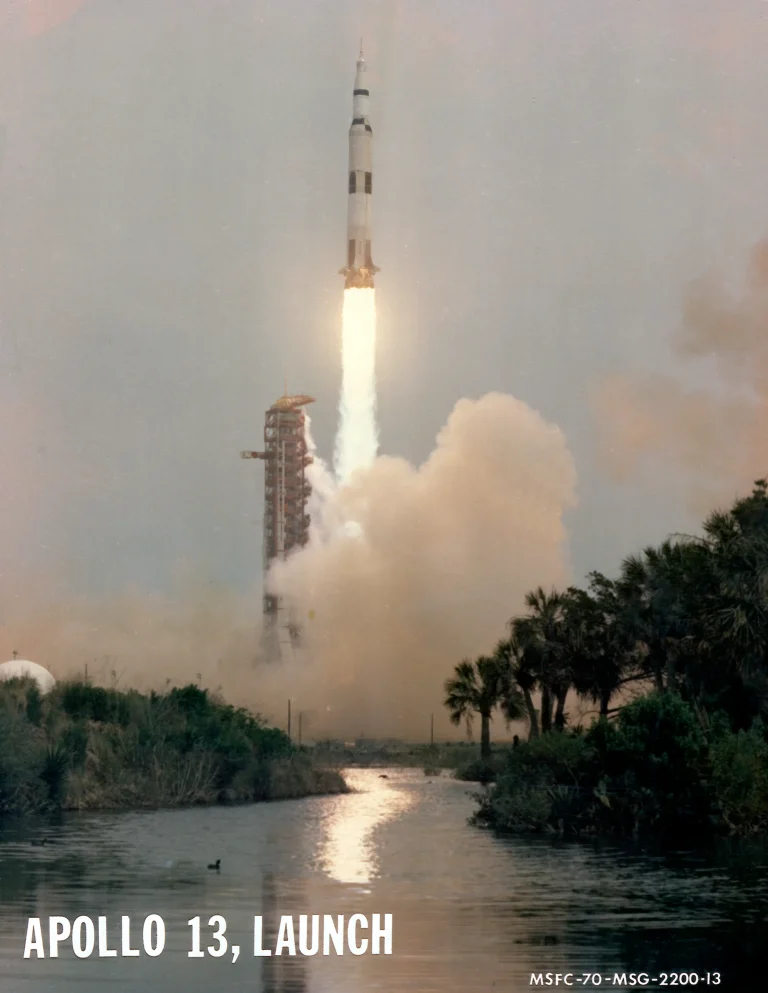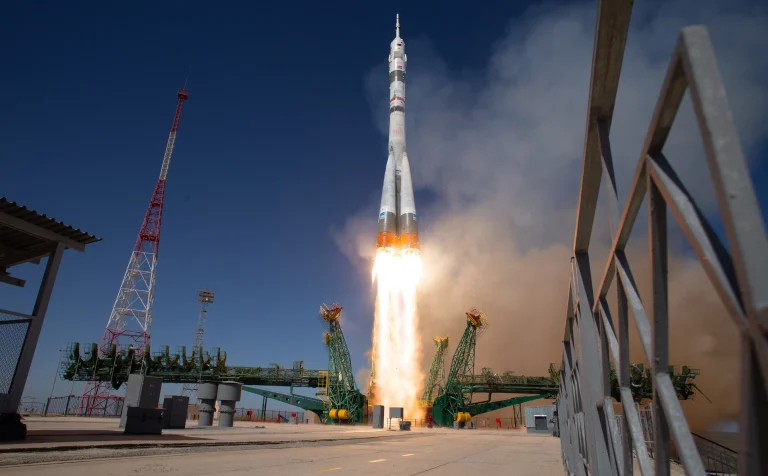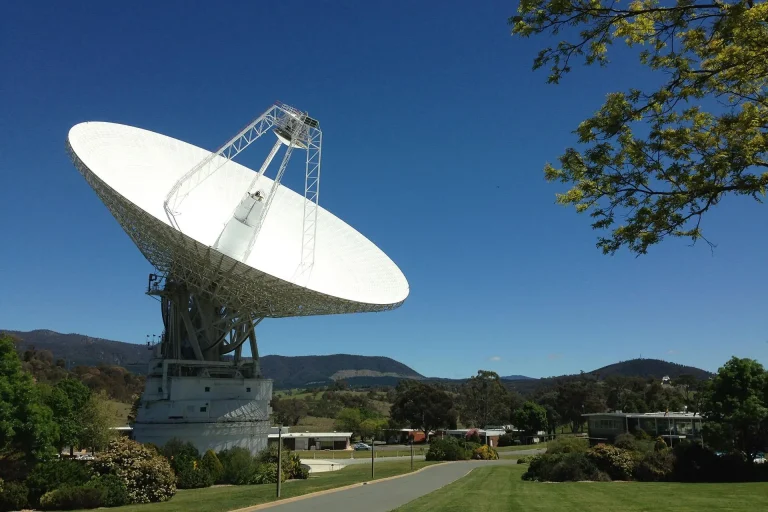The Pegasus Dwarf spheroidal galaxy, also known as Andromeda VI, is one of at least 13 dwarf galaxies that orbit the Andromeda galaxy.
NASA, ESA, and D. Weisz (University of California – Berkeley); Processing: Gladys Kober (NASA/Catholic University of America)
A glittering collection of stars shines against a background of much more distant galaxies in this view from NASA’s Hubble Space Telescope of the Pegasus Dwarf spheroidal galaxy, also known as Andromeda VI.
The Andromeda galaxy, also known as Messier 31, is the Milky Way’s closest grand spiral galaxy neighbor, and is host to at least 13 dwarf galaxies that orbit around it. The Pegasus Dwarf spheroidal galaxy is one of these mini-galaxies. Dwarf spheroidal galaxies are the dimmest and least massive galaxies known. They tend to have elliptical shapes and relatively smooth distributions of stars. Dwarf spheroidal galaxies are usually devoid of gas and dominated by old and intermediate-age stars, although some have experienced small amounts of recent star formation.
The Pegasus Dwarf Spheroidal galaxy was discovered in 1998 and has been characterized as having a small amount of heavy elements and little of the gas needed to form another generation of stars ― though more than many of the dwarf spheroidal galaxies within our Local Group of galaxies. Researchers suspect that Andromeda’s gravitational field may have stripped the star-forming gases from it, leaving a dearth of material to build more than a few generations of stars. In comparison, some of the dwarf spheroidal companion galaxies of the Milky Way found at comparable distances do contain some intermediate-age stars, but this could be because Andromeda is so massive and extended that its gravitational effects extend farther.
The jury is still out on how dwarf spheroidal galaxies form. Theories include collisions between galaxies that break off small fragments, the gravitational influence of larger galaxies on small disk-shaped dwarf galaxies, and processes associated with the birth of small systems among collections of dark matter. Andromeda and the Milky Way are the only galaxies close enough for astronomers to view these dim satellite galaxies, so clues to their formation will have to come from close neighbors like this one.
Hubble studied this galaxy as part of an examination of the entire Andromeda system of satellites in order to investigate such critical matters as dark matter, reionization, and the growth of galactic ecosystems across cosmic time.
飞马座矮球状星系,也被称为仙女座VI,是至少13个围绕仙女座星系运行的矮星系之一。
影像来源: NASA, ESA, and D. Weisz (University of California – Berkeley); 影像处理: Gladys Kober (NASA/Catholic University of America)
在这张由NASA的哈勃太空望远镜拍摄的飞马座矮球状星系(也称为仙女座VI)的图像中,一群闪闪发光的恒星在更远的星系背景下熠熠生辉。
仙女座星系,也被称为梅西耶31,是银河系最近的大型螺旋星系邻居,并且至少有13个矮星系围绕着它运行。飞马座矮球状星系就是这些小星系中的一个。矮球状星系是已知最暗和质量最小的星系。它们往往呈椭圆形,恒星的分布相对平稳。矮球状星系通常没有气体,并以中老年恒星为主,不过也有一些星系经历了少量的近期恒星形成过程。
飞马座矮球状星系于1998年被发现,其特点是含有少量重元素,几乎没有形成下一代恒星所需的气体——不过比我们本星系群中的许多矮球星系都要多。研究人员怀疑仙女座的引力场可能剥夺了它的恒星形成气体,导致它缺乏足够的材料来形成几代以上的恒星。相比之下,在距离相近的星系中发现的一些矮球形伴星系中确实含有一些中年恒星,但这可能是因为仙女座的质量太大,范围太广,其引力效应延伸得更远。
关于矮球状星系如何形成的争论仍在继续。相关理论包括星系之间的碰撞会分裂出小碎片,较大星系对小型盘状矮星系的引力影响,以及与暗物质集合体中诞生小型系统相关的过程。仙女座和银河系是天文学家能够观察到这些暗淡卫星星系的唯一近邻星系,因此它们形成的线索只能来自于像这个星系这样的近邻。
哈勃对这个星系的研究是对整个仙女座卫星星系系统研究的一部分,目的是研究暗物质、再电离和星系生态系统在整个宇宙时间内的成长等关键问题。







